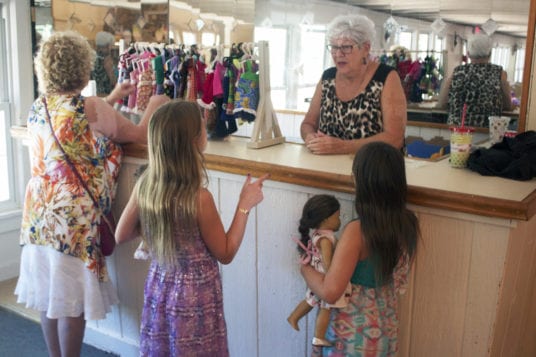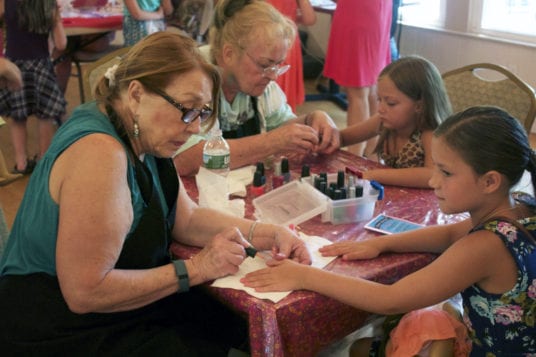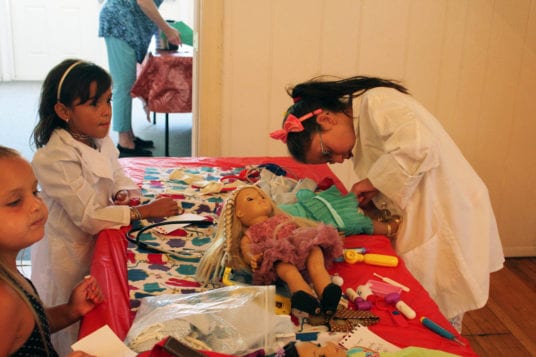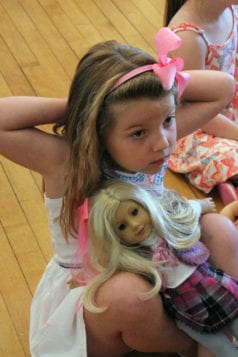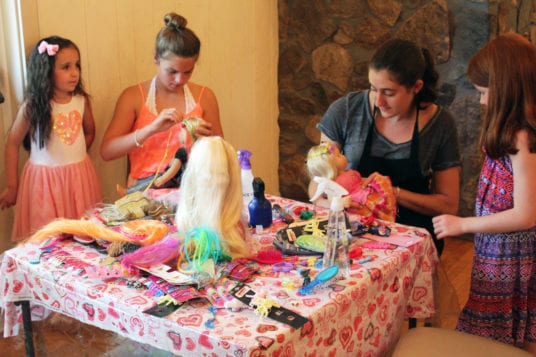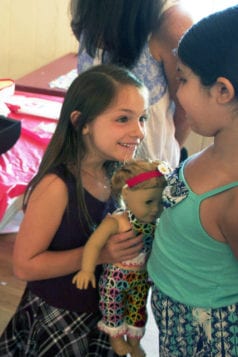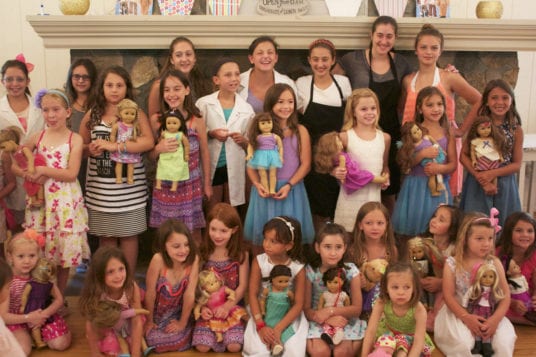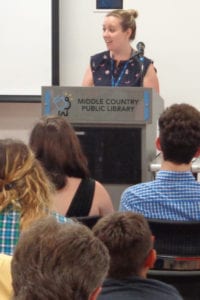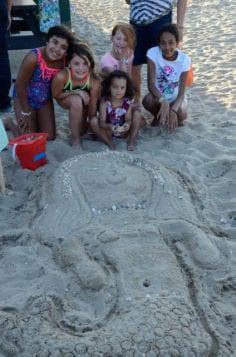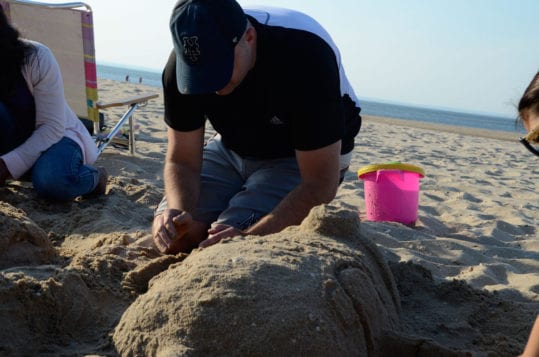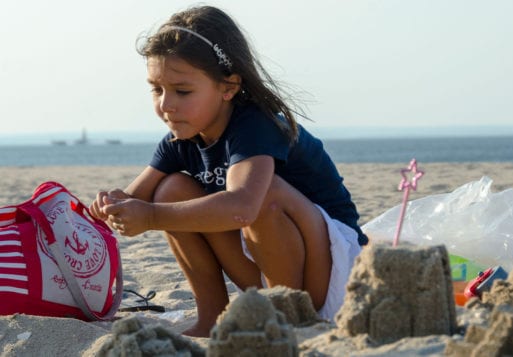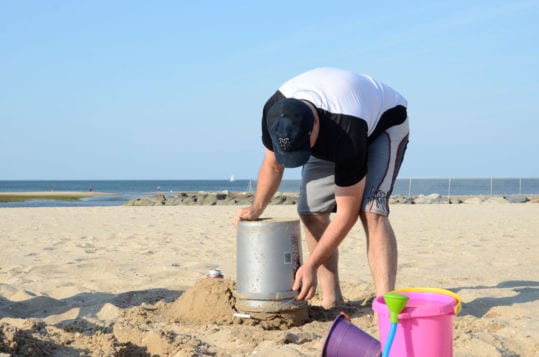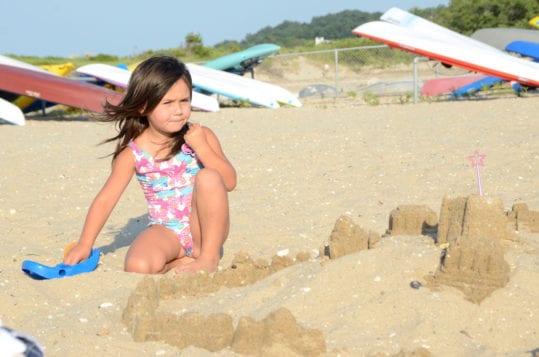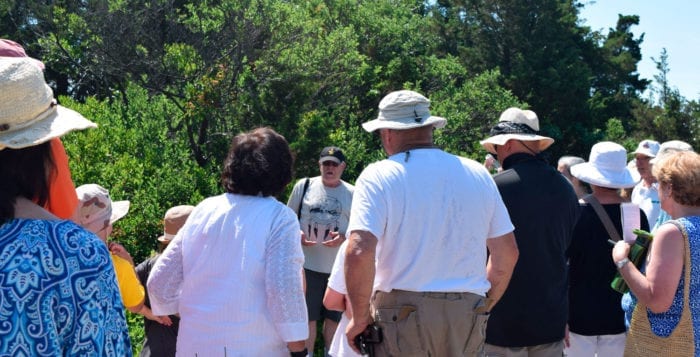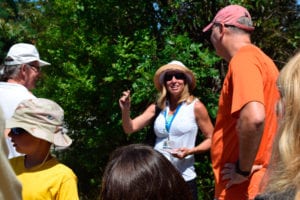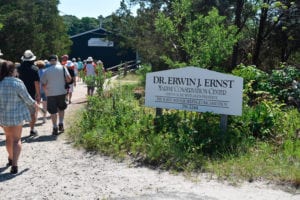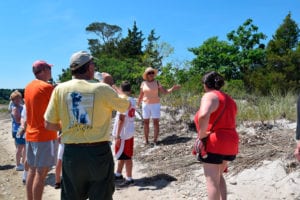By Ellen Barcel
There are many flowering plants that gardeners grow for their leaves, rather than their flowers, yet they do produce flowers. Usually these flowers are comparatively small. In addition, most of these plants, while producing seeds from the flowers, generally reproduce by underground runners, bulbs, rhizomes, etc.
Mint and other herbs
Many different herbs are grown for their leaves, including sage, thyme and mints, all flowering plants. There are dozens (or is it hundreds) of varieties of mint. I particularly like mojito mint (Mentha x villosa). It’s a Cuban mint frequently used to flavor cocktails. The leaves can be used fresh but can also be dried. Some people like to take mint leaves and freeze them in ice cube trays with a bit of water. Then they can be used to flavor beverages, like iced tea. Mints are hardy in zones 6 and over with Long Island as zone 7. Mints are herbaceous perennials, so if properly cared for, will return year after year. Yes, mints produce small white or purple flowers at the end of the stems. I prefer to remove these flowers to force the plants to become bushier, but that’s entirely up to you. In addition to being used as flavoring, a stem of mint makes a wonderful addition to a bouquet of flowers. Just touch the leaves gently to release the scent.
There are many, many varieties of mint, with slightly different scent and flavor, including peppermint, chocolate mint, orange mint, spearmint, pineapple mint, ginger mint, banana mint, lemon mint and apple mint. If you are planning to make mint jelly, select the variety with the taste and scent you prefer. If you are concerned that the mint plants will take over your garden, grow them in pots, or sink a barrier in the soil around the plant, such as metal edging. Like other herbaceous perennials, mint clumps can be divided every few years.
Potatoes
Long Island is known for its potato farms. If you’ve ever driven out to the East End, you’ve passed many. The relatively small plants, produce small white flowers in June. Yes, this is another plant grown and propagated not for its flowers and seeds but for the potatoes that form underground along the roots. While some people will grow the plants as seedlings, many just take one or more of their best potatoes, cut them into small pieces (making sure there is at least one eye in each piece) and plant each piece separately to develop into new plants.
Root crops
Many root crops will “go to seed” if not grown correctly, including carrots, turnips and radishes. Turnips, for example, will bolt (go to seed) in poor soil, so make sure you use sufficient compost if growing them. Turnips that have gone to seed are generally not of sufficient quality to eat. Carrots that have gone to seed are edible, but, again not really tasty. Understand that going to seed is a natural part of these plants’ life cycle. They, too are flowering plants and as such want to produce seeds for the next generation. Sometimes a sudden warm spell will trigger this production of flowers/seeds. Sometimes it’s a matter of poor growing conditions in general, such as insufficient water. If it’s your lettuce that is going to seed, pick the leaves regularly. If you’ve had this problem in the past, select varieties that resist bolting (check the package or catalog).
Ellen Barcel is a freelance writer and master gardener. Send your gardening questions to [email protected]. To reach Cornell Cooperative Extension and its Master Gardener program, call 631-727-7850.



